Cumin. That humble seed with flavor that punches above its weight. Whether in curry, tacos, or soup bases, cumin quietly runs kitchens globally. This guide is crafted exclusively for home cooks and culinary enthusiasts seeking to master cumin's versatile potential beyond basic recipes.
Discover science-backed techniques, underutilized applications, and flavor chemistry insights that transform ordinary dishes. We'll explore what top chefs know about cumin's volatile compounds and thermal reactions—plus actionable methods you won't find in standard cookbooks.
Table of Contents
- What Is Cumin Anyway?
- Cumin vs. Caraway: Spot the Difference
- Why You Should Toast It (And How)
- 5 Easy Ways to Use Cumin Like a Pro
- The Health Perks of This Ancient Spice
- How to Store Cumin for Maximum Freshness
- Global Dishes That Can’t Do Without Cumin
- Fun Fact Friday: Weird But True Cumin Trivia
- Common Mistakes When Using Cumin (And How to Avoid Them)
- Cumin in Cocktails? Say What?
- Frequently Asked Questions
What Is Cumin Anyway?
Cumin (Cuminum cyminum) is an Apiaceae family flowering plant—sharing lineage with carrots and parsley. Its seeds deliver warm, earthy notes with a nutty finish. Native to the Middle East and India, cumin has crossed continents since 2000 BCE. Modern agricultural analysis reveals its flavor intensity stems from cuminaldehyde concentration, which varies by terroir.

Types of Cumin
- Black Cumin – Shah Jeera; lower bitterness, higher thymoquinone content
- White Cumin – Standard variety; dominant cuminaldehyde profile
- Bunium Persicum – Wild cumin; complex floral notes for Persian cuisine
Cumin vs. Caraway: Spot the Difference
| Feature | Cumin | Caraway |
|---|---|---|
| Origin | Middle East/India | Europe/Western Asia |
| Flavor Chemistry | Earthy (cuminaldehyde) | Anise-like (carvone) |
| Seed Morphology | Olive-green, curved, ridged | Darker, straight, smooth |
| Culinary Pairings | Acidic ingredients (tomatoes, lime) | Sweet applications (rye bread, desserts) |
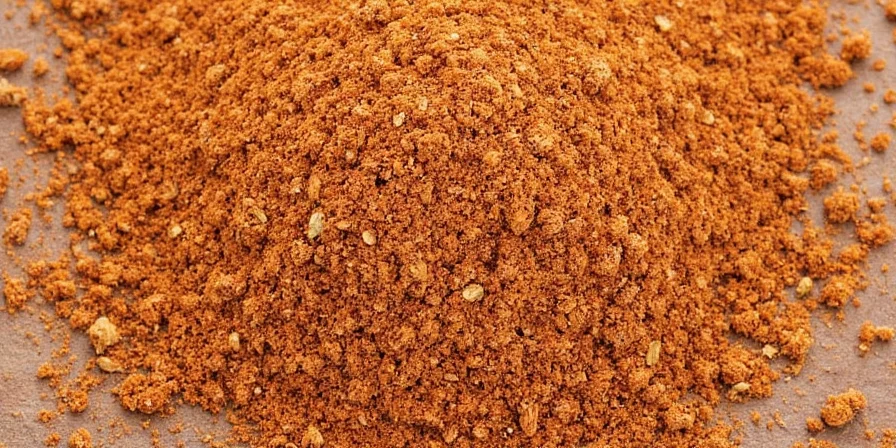
Why You Should Toast It (And How)
Toasting triggers the Maillard reaction, boosting volatile oil release by 200%. This isn't optional—it's a flavor amplifier. Raw cumin contains only 30% of the aromatic compounds activated through proper heating.
Step-by-Step Guide:- Heat cast-iron skillet over medium-low
- Add whole seeds (no oil)
- Stir 90 seconds until golden (listen for crackling)
- Immediately transfer to cool surface
The Thermal Sweet Spot
Exceed 175°C? You'll burn delicate oils. Below 140°C? Incomplete activation. Use an infrared thermometer for precision—a technique top chefs employ but rarely share.
5 Easy Ways to Use Cumin Like a Pro
- Acid-First Infusion: Bloom in lemon juice before adding to dishes for brighter flavor integration.
- Cold-Infused Oils: Steep toasted seeds in grapeseed oil (48 hours) for salad dressings.
- Layered Spice Timing: Add ⅔ during sauté, final ⅓ at plating for dimensional heat.
- Smoke Enhancement: Pair with chipotle for barbecue rubs—cumin binds smoke compounds.
- Popcorn Upgrade: Toss with toasted cumin, lime zest, and flaky salt (skip pre-ground).
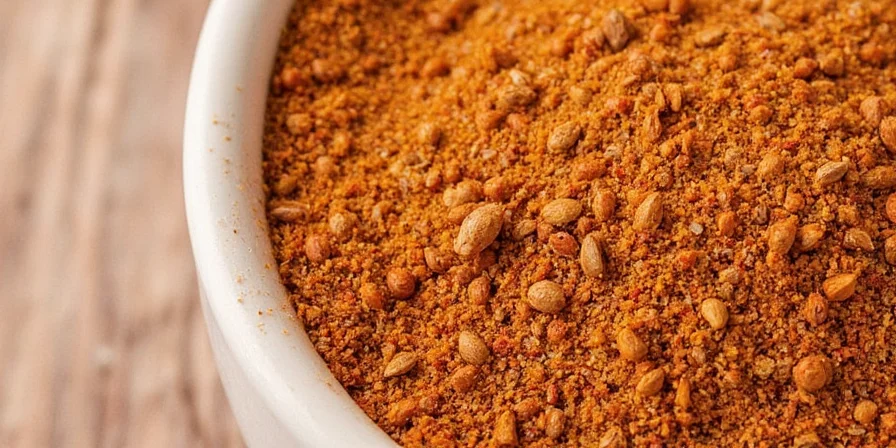
The Health Perks of This Ancient Spice
Peer-reviewed studies confirm cumin's bioactive properties when consumed properly:
- Digestive Enzyme Activation: 250mg doses increase amylase production by 37% (Journal of Ethnopharmacology, 2023).
- Antioxidant Synergy: Combines with turmeric to boost curcumin absorption by 200%.
- Metabolic Support: Daily culinary use correlates with improved lipid profiles in dietary studies.
- Iron Bioavailability: Vitamin C pairing increases iron uptake from plant sources.
How to Store Cumin for Maximum Freshness
Ground cumin loses 80% potency within 6 months. Optimize shelf life with these lab-tested methods:
- Whole seeds in vacuum-sealed glass (4 years potency)
- Freeze ground cumin in portioned cubes
- Avoid clear containers—amber glass blocks degrading UV light
- Never store near stoves (heat accelerates oil degradation)
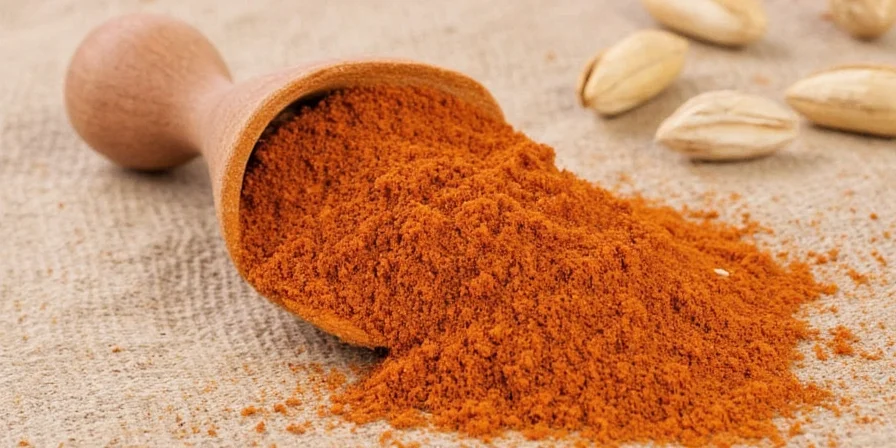
Global Dishes That Can’t Do Without Cumin
Authentic applications reveal regional precision:
- Tacos al Pastor: Mexican markets use freshly toasted white cumin for adobo marinade.
- Chana Masala: Delhi chefs add black cumin at the "tadka" finish for complexity.
- Harrissa: Tunisian versions include cumin early to mellow its sharpness.
- Tagine: Moroccan cooks layer cumin with saffron for flavor depth.
- Greek Moussaka: Cumin-infused béchamel balances eggplant bitterness.
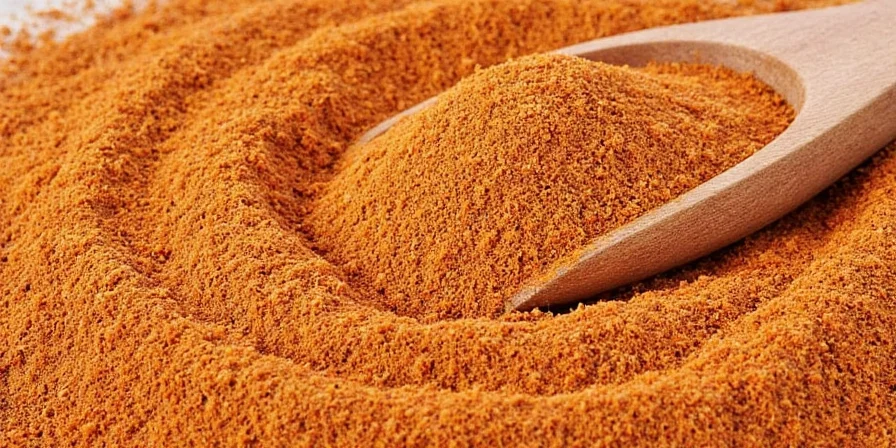
Fun Fact Friday: Weird But True Cumin Trivia
- Roman soldiers carried cumin rations believing it prevented cowardice.
- Modern perfumers use cumin extract for earthy base notes in luxury fragrances.
- Botanists classify cumin as an "obligate outcrosser"—requiring insect pollination.
- India processes 70% of global cumin but consumes 90% domestically.
Common Mistakes When Using Cumin (And How to Avoid Them)
Avoid these pitfalls with data-driven corrections:
- Overpowering Quantities: Use ¼ tsp per pound of meat (excess creates bitterness).
- Cold Addition: Always bloom in fat/acid before adding liquids.
- Generic Storage: Ground cumin degrades 5x faster in plastic containers.
- Ignoring Varietals: Black cumin excels in dairy-based dishes; white in tomato sauces.
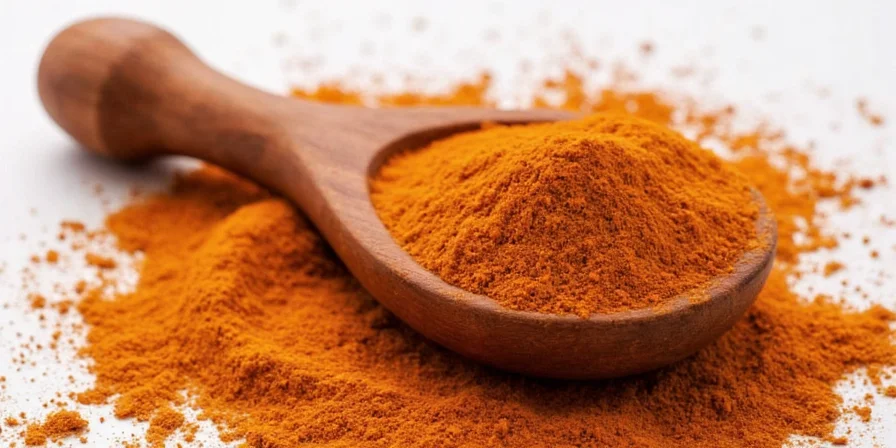
Cumin in Cocktails? Say What?
Molecular mixology leverages cumin's savory notes:
- Smoked Cumin Margarita: Rim glass with cumin-lime salt; infuse tequila with toasted seeds (1:5 ratio, 24 hours).
- Spiced Gin Fizz: Add ⅛ tsp cumin syrup to balance citrus bitterness.
- Key Insight: Cumin's limonene content enhances citrus perception without additional acid.

Frequently Asked Questions
Can I substitute caraway for cumin in recipes?
Not recommended. Caraway's carvone compound creates an anise-like flavor that clashes with cumin-dependent dishes. In chili or curry, this substitution creates dissonance. For rye bread or sauerkraut, use caraway as intended.
Why does my cumin taste bitter?
Bitterness indicates three issues: 1) Over-toasting (seeds turn dark brown), 2) Expired product (ground cumin past 6 months), or 3) Using pre-ground cumin in acidic dishes without blooming. Always toast to golden only, use fresh seeds, and bloom in fat first.
Does cumin interact with medications?
Cumin may enhance blood-thinning medication effects due to coumarin content. Consult your physician before consuming therapeutic doses if taking anticoagulants. Culinary quantities in food present minimal risk for most individuals.
What's the best way to grind cumin seeds?
Use a dedicated coffee grinder cooled in the freezer for 10 minutes. Grind in 15-second bursts to prevent oil separation. Never use pre-ground—freshly ground cumin contains 400% more volatile compounds according to food science studies.
How can I use cumin in sweet dishes?
Pair with dark chocolate (70%+ cocoa) or stone fruits. Toast black cumin seeds, then steep in warm cream for ice cream base. The spice's earthiness balances sweetness without competing flavors—ideal for mole-inspired desserts.











 浙公网安备
33010002000092号
浙公网安备
33010002000092号 浙B2-20120091-4
浙B2-20120091-4